Sala10: Chantal Peñalosa Fong
virtual exhibition
Fong
Through everyday images filmed in San Francisco’s Chinatown, the artist Chantal Peñalosa Fong addresses the violence and discrimination of the anti-Chinese campaigns in northern Mexico between 1911 and 1935 and the effects they had on her family history. This piece combines documentary research with the possibilities offered by fiction in order to give meaning to the spectral absences that appear in historical narratives and personal memory.
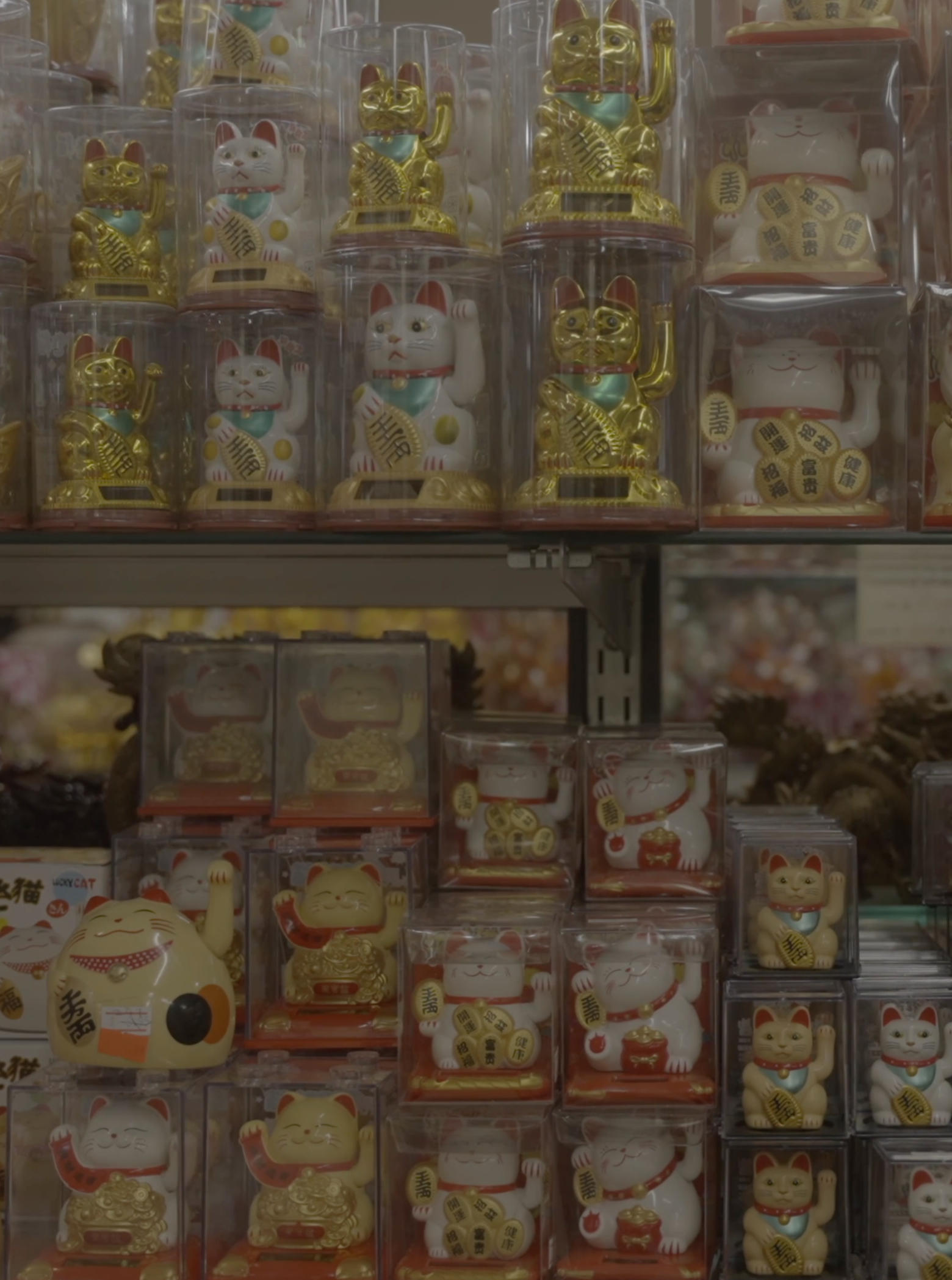
The Enchanted Gaze / Other Chinese Tales
Before our very eyes
weirder tales unfold
than in the Nation of Flying Heads.
Pu Songling[1]
The history of Chinese immigration to Mexico constitutes a catalog of fantastic legends. These narratives have long been veiled, even hidden, by the magnitude of the racist response that, in the early twentieth century, attempted to hold back and expel the peasants, artisans and merchants who had come here to escape the consequences of European imperialism in China. Once here, these immigrants constituted an agricultural and industrial labor force that was subjected to inhuman living conditions, while civil society and public opinion characterized them as a sanitary, cultural and even economic threat.[2] Many official historical approaches have erased this chapter from our national consciousness, despite its importance for understanding some of the identitarian, cultural and political dynamics of the places they inhabited.
This history, intimately connected to that of migration between Mexico and the United States along the western border, also speaks to other limits beyond the territorial, such as the one drawn between reality and fiction in truncated memory processes, which complement their gaps with narratives recomposed of documentation and archival materials, or even by the imagination.
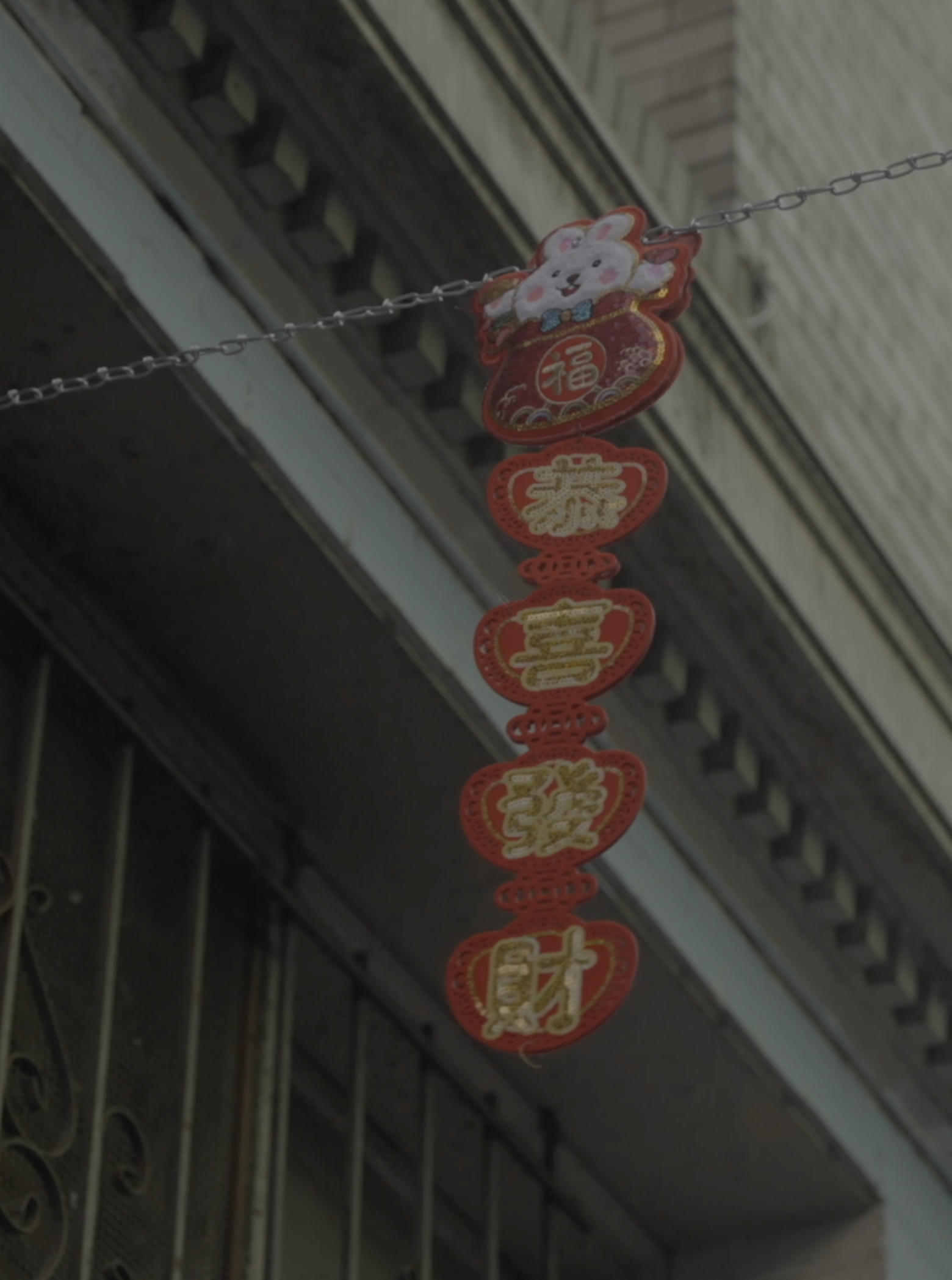
The literary genre known as zhiguai xiaoshuo, commonly translated as “tales of the strange” or “records of anomalies,” arose in medieval China as a way of exploring relations between the living and the dead and other mysteries.[3] Through a documentary exploration of her family’s fate and the stories of Chinese immigrants in Mexico in the early twentieth century, the artist used the zhiguai xiaoshuo structure to give meaning to these narratives that speak of the many ghosts and specters of our contemporary consciousness.
Chantal Peñalosa Fong’s practice has been characterized by analyzing, along many fronts, the implications of inhabiting a border territory. A native of Tecate, the artist has addressed the experience of time and the exercise of memory in liminal spaces and interpreted the generalized absence haunting the subjectivity of the border, especially in connection to the geopolitical reality of the Mexico-United States relationship. In this project, Peñalosa Fong connects her family’s past, her Chinese ancestry and the absence of her ancestors in her personal history with the consequences of the historical narrative of Chinese immigration to Mexico.
After reviewing a series of archives in Mexicali and San Francisco, the artist discovered some new clues on the fate of her grandmother’s father and brothers, who had to flee in early 1930 due to the racist harassment they faced on the Mexican side of the border.
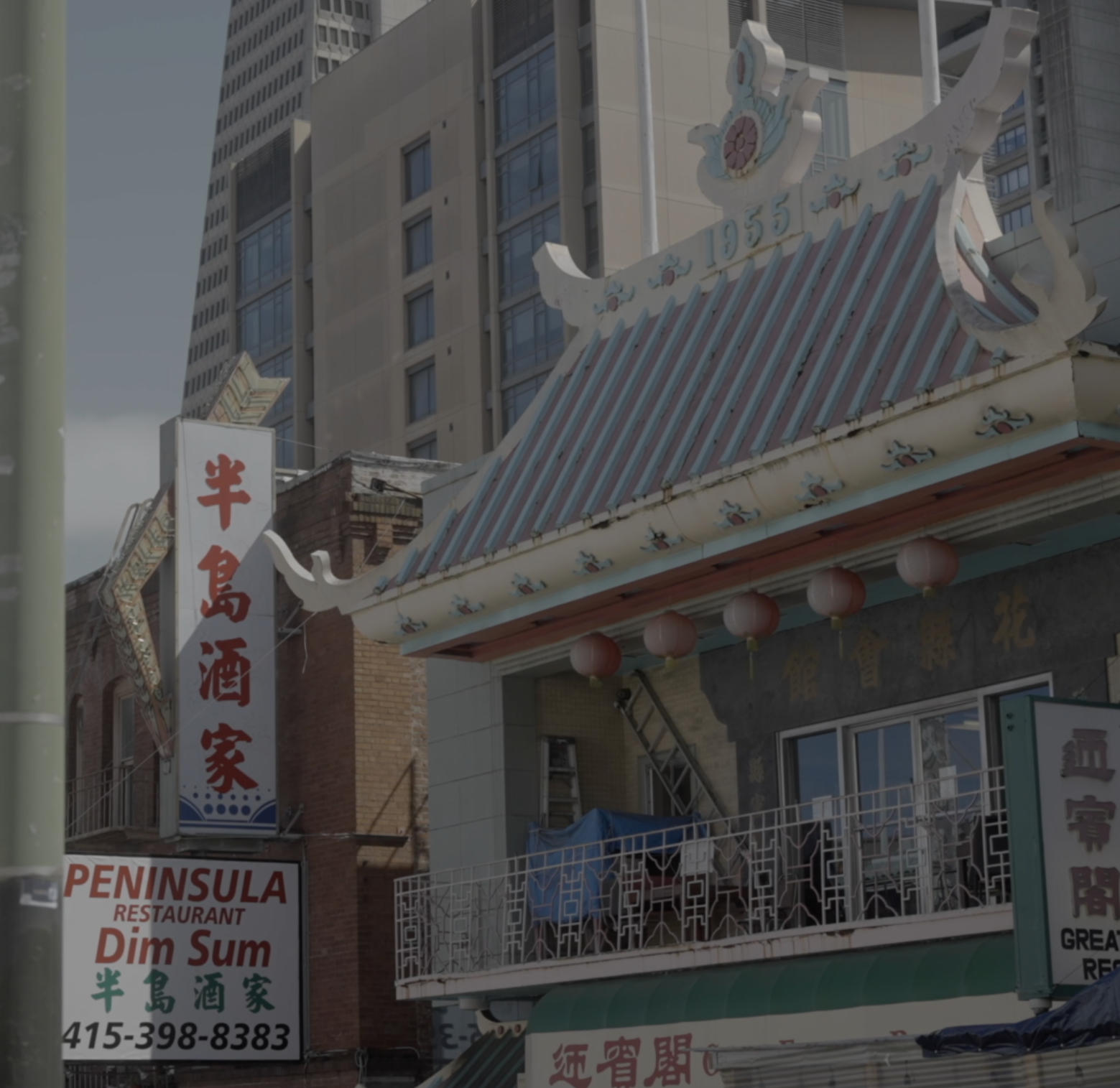
This discovery becomes the core of Peñalosa Fong’s project, which combines the nameless ghosts of Chinese immigrants that arise from the historical archives with those that disappeared in her own family, as well as the multitude of all the other absences unleashed when reflecting on the magnitude of these stories.
The video images, taken in San Francisco’s Chinatown, document everyday life on its streets. These visual records are combined with fragments of the artist’s research, narrated in her voice. This operation thus makes us participants in a personal alienation that occurs on the plane of affect and allows us to view these scenes the same way that the artist saw them after her discoveries in the archives. The consequences of the erasure of Chinese immigration in America disturbs the present by connecting it to this silenced past, to those bodies that arrived in the ports of Baja California by ship and their possible fates, difficult to imagine.
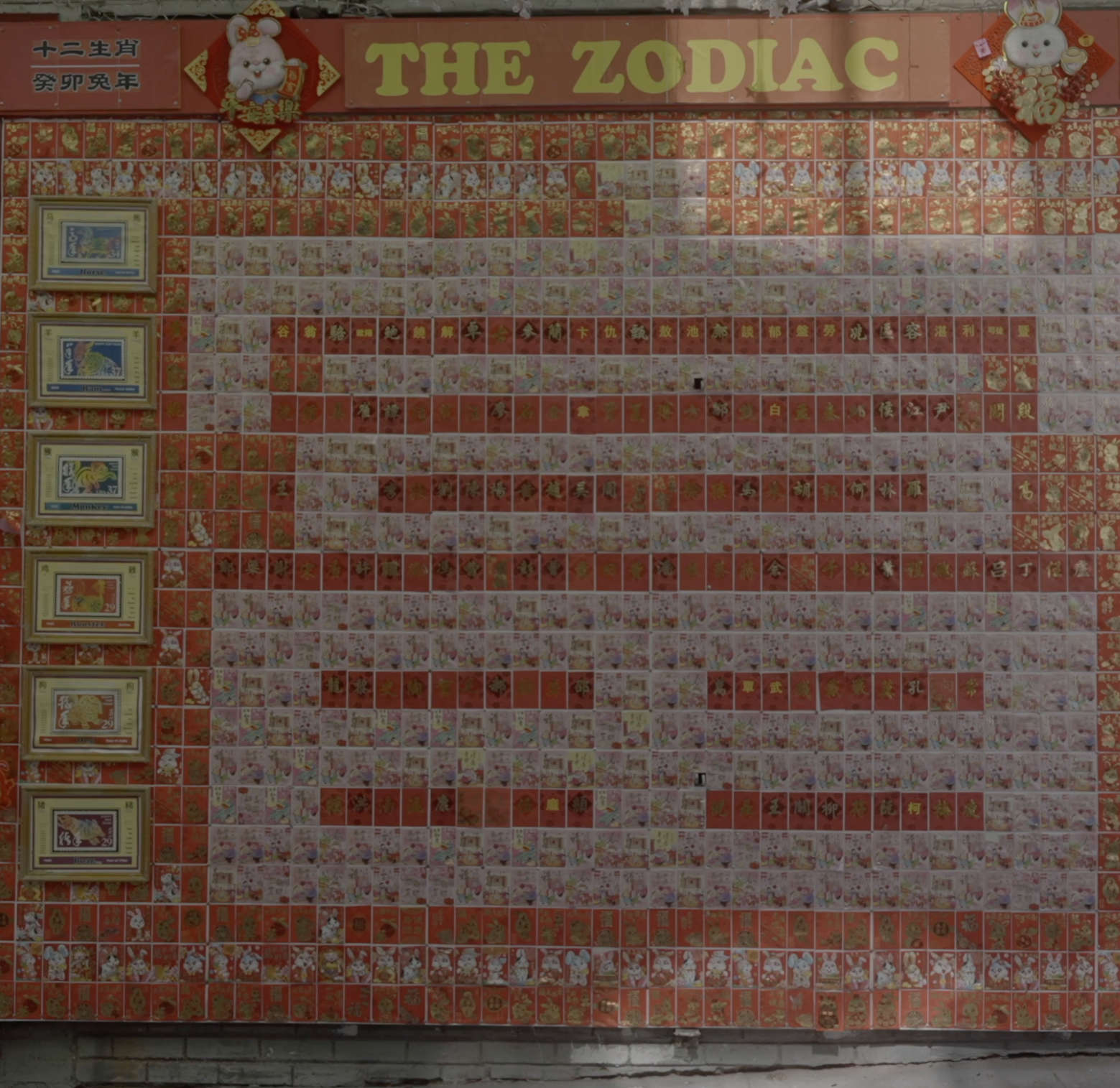
The images we recognize from Chinese popular culture, crystalized in commercial objects and other cultural codes, take on another dimension: they feel rooted in a history of dispossession and are filled with multiple meanings. The gaze is eventually lost in a type of meditation, enchanted by the imagination: her images become specters, just like those men who came here nearly a century ago.
In Fong, the artist sends a letter to her lost relatives. Acknowledging the possible vicissitudes they must have faced on the northern side of the border, she’s able to tell them: “Wherever you are…I love you.” This letter expands to encompass that group who disappeared after being registered upon their arrival in Mexican ports, their fates unknown. In this sense, the narrative connection exceeds these limits to combine the intimate and the public, the personal and the collective, the past and the present. This letter encompasses so many other experiences that also contain recurrently present absences, dwelling within us in the form of tales.
Jaime González Solís

[1] Pu Songoling, quoted by John Minford in the introduction to Strange Tales from a Chinese Studio, New York, Penguin Random House, 2006, p. 15.
[2] Rosario Cardiel Marín, “La migración china en el norte de Baja California, 1877-1949,” in María Elena Ota Mishima (ed.) Destino México. Un estudio de las migraciones asiáticas a México, siglos XIX y XX, México, El Colegio de México, 1997, pp.189-254.
[3] Robert F. Campany, “Ghosts Matter. The Culture of Ghosts in Six Dynasties Zhiguai,” Chinese Literature: Essays, Articles, Reviews, vol. 13, December 1991, pp. 15-34.
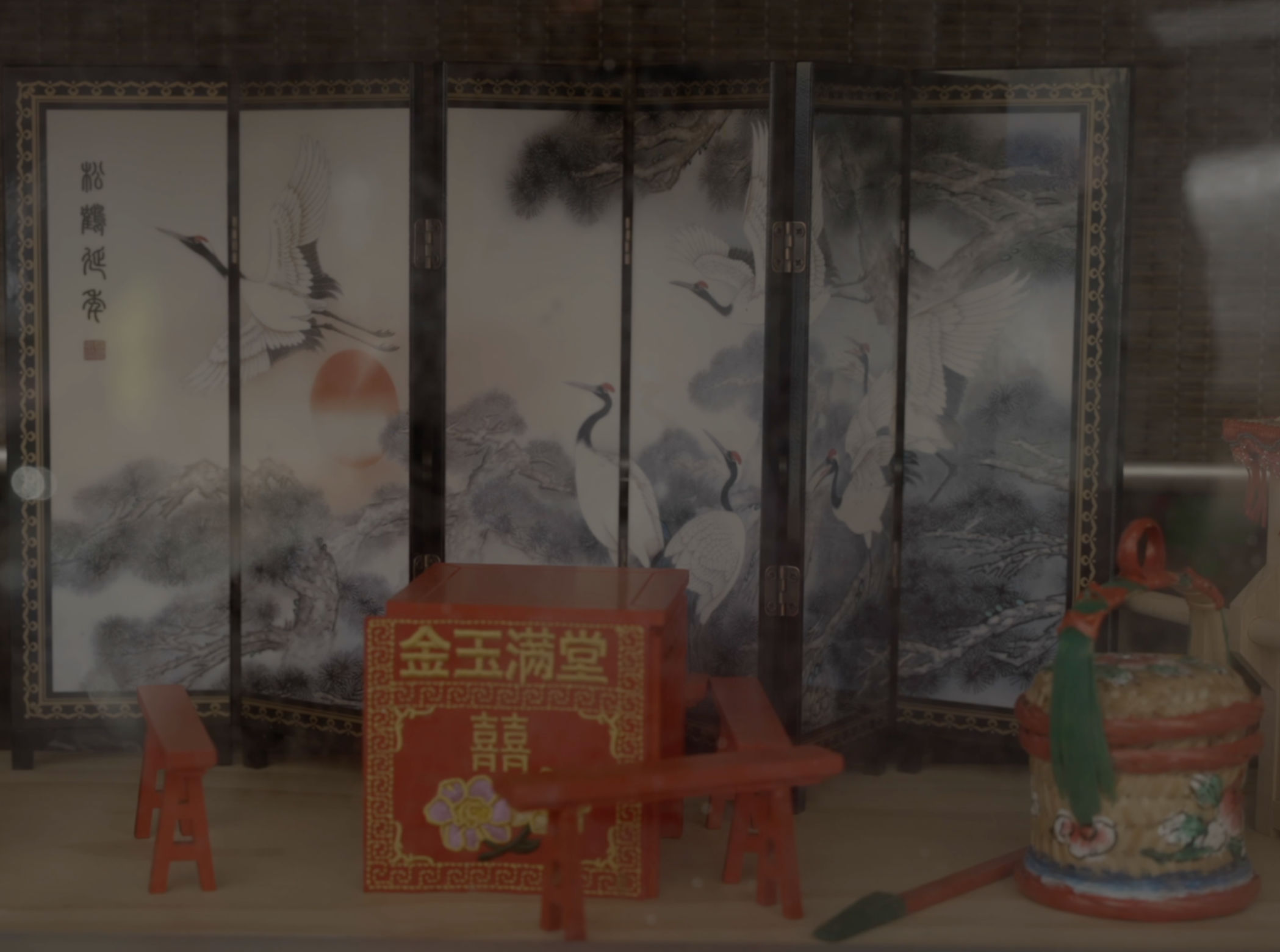
Spectral Absences:
A Conversation Between Chantal Peñalosa Fong and Jaime González Solís
Jaime González Solís (JGS): The video dwells on a series of specters that become present through absence. It’s not just about the loss in your family history, but also that of disappearances, missing voices and the erased memory of historical narratives. What other specters have become present during your research for this project?[...]
COMPLETE TEXT HERE

Chantal Peñalosa Fong
Fong, 2023
Video HD
11’49’’
Cortesía de la artista
This piece forms part of the exhibition Other Ghost Stories, being held at Museo Amparo until June 10.
Chantal Peñalosa Fong (Tecate, 1987)
Has a Bachelor’s in Plastic Arts from the Universidad Autónoma de Baja California and the Universidade de São Paulo. Her work finds its inspiration in the geographical tensions of borders, principally the one between Mexico and the United States. Her explorations address phenomena such as time, waiting, violence and suspended states, as well as the way that narratives and spaces have been banished to the realm of the phantasmal, far from the official story. Her recent individual exhibitions include: Otros cuentos fantasmas, Museo Amparo, Puebla (2024); Atlas Western, CEINA, Santiago, Chile (2023) and the University Museum of Contemporary Art, Mexico City (2021); Ghost Stories/Cuentos de fantasmas, Proyectos Monclova, Mexico City (2023); and Mujeres en un jardín, Carrillo Gil Art Museum, Mexico City (2021). She has also participated in collective exhibitions at Fondazione Prada, Venice (2023); Museo Jumex, Mexico City (2021); and M HKA, Antwerp (2019), among others.
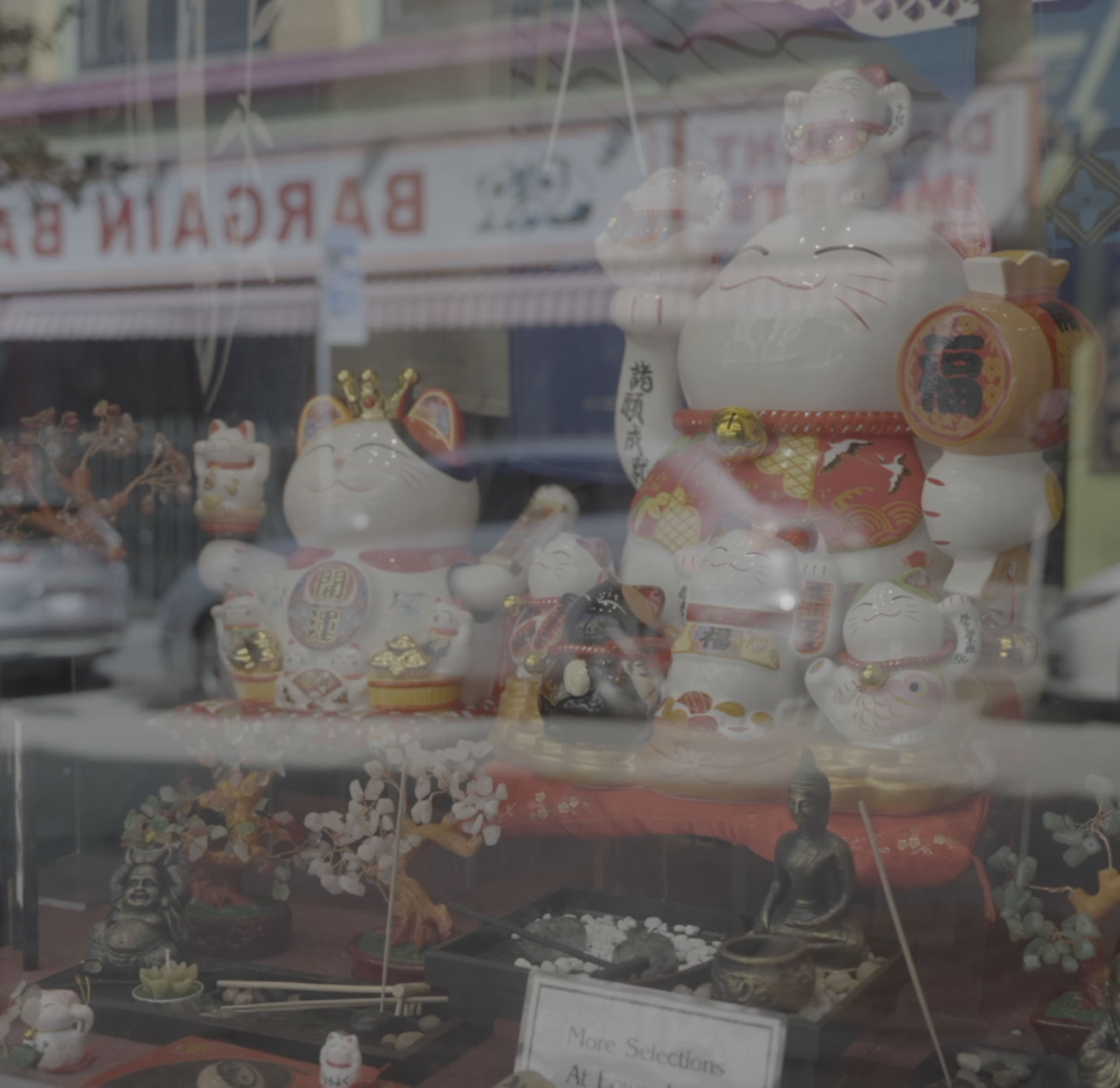
Curatorship: Jaime González Solís
Texts: Chantal Peñalosa Fong, Jaime González Solís
Content Direction: Ekaterina Álvarez Romero, Cuauhtémoc Medina
Curatorial Coordination: Anaïs Janze
Digital Management: Ana Cristina Sol Sañudo
Content Editing: Roberto Barajas Amieva, Vanessa López García, Yerem Mújica
Toscano
English Translation: Julianna Neuhouser
Press: Francisco Domínguez Morales, Eduardo Lomas



